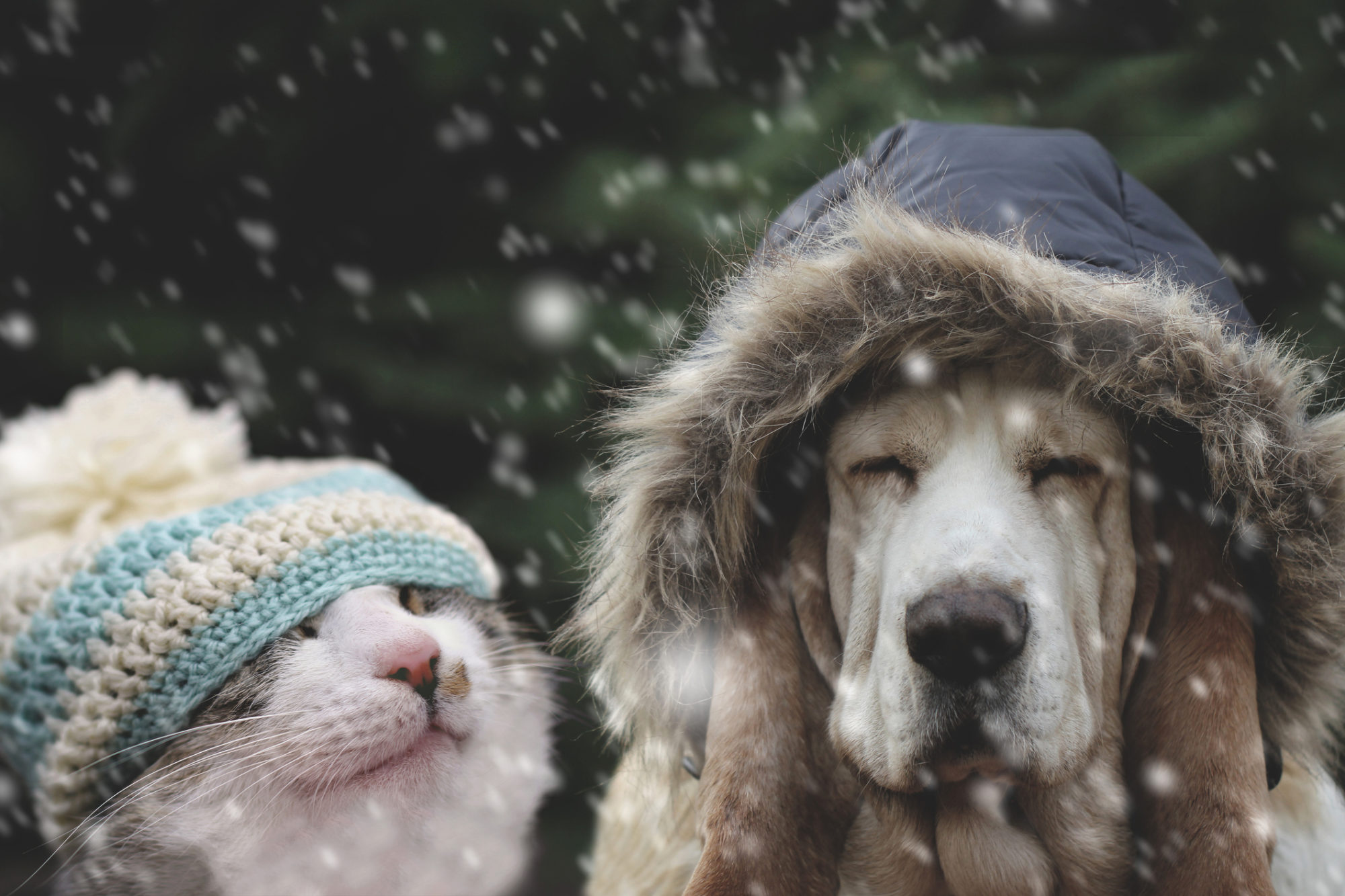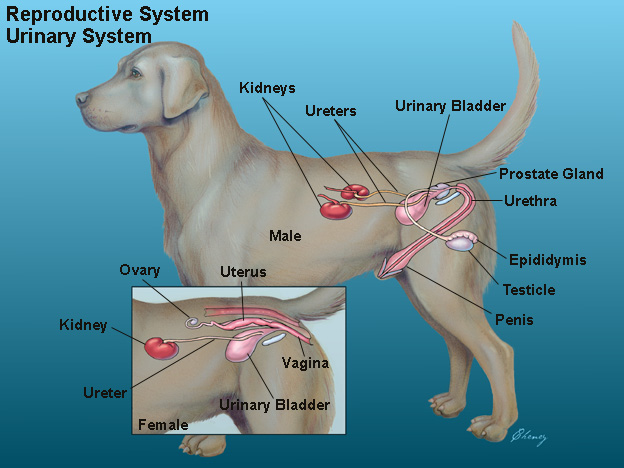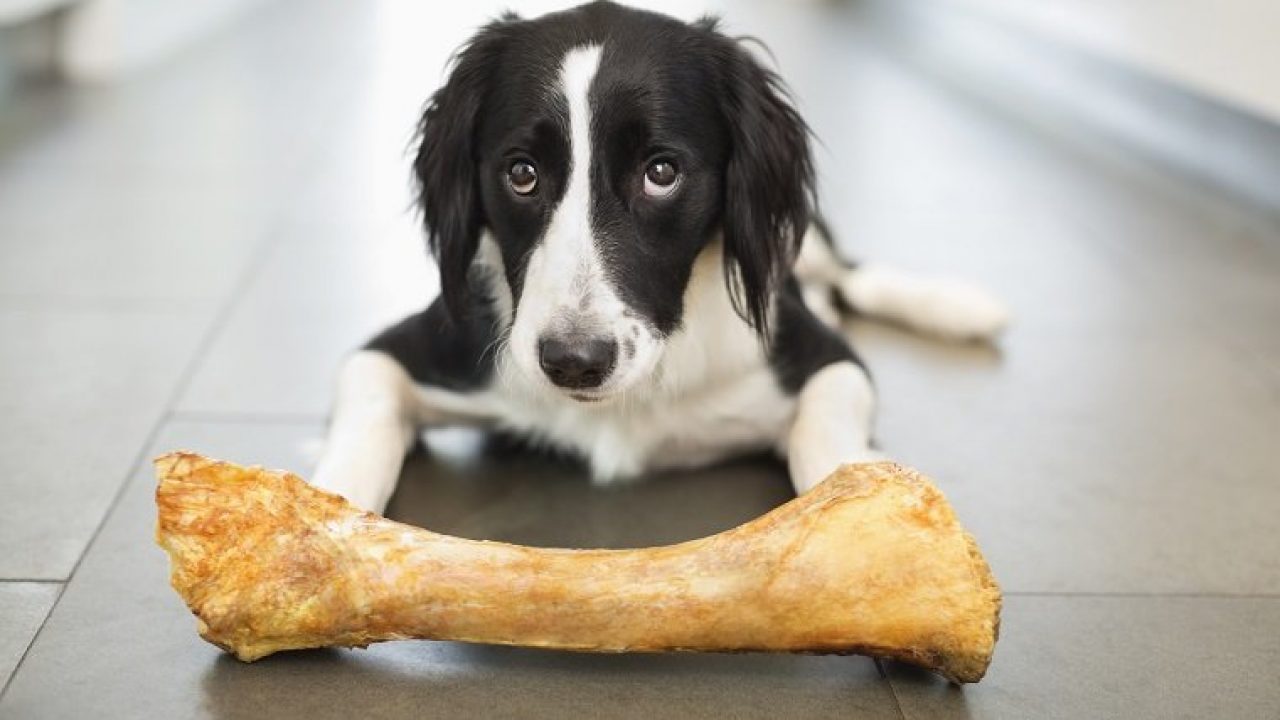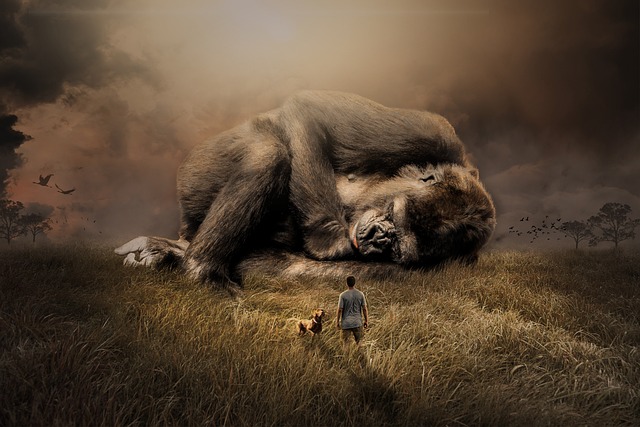Guardians of the Wild: Conservation Efforts for Protecting Endangered Species
Guardians of the Wild many animal species in Europe face dangers to their presence. Including many menaces of extinction. Through strong protection efforts, the Foundation for the Protection of Animals. And Nature aims to uphold Europe’s wildlife. The floor maintains the continent’s natural heritage by defending. Endangered species, protecting habitats, and elevating biodiversity. This article explores the footing conservation initiatives. And how they are working to preserve Europe’s animal species.
Conserving Endangered Species
Protecting endangered species plays an essential role in preserving ecological balance, which is why the foundation prioritizes their protection. By targeting conservation programs for species at risk of extinction, the foundation works to save species from extinction. They aim to ensure the survival and recovery of endangered species by implementing programs such as habitat restoration, captive breeding, and anti-poaching initiatives.
An Eurasian Lynx Conservation Program
The Eurasian Lynx Conservation Program is one program that the foundation conducts as part of its conservation efforts. Thanks to the foundation’s efforts, this magnificent feline. Has recovered from almost extinction in Europe by protecting habitat, monitoring population size, and engaging the public. In public awareness campaigns, the foundation has contributed to Eurasian Lynx population growth and expansion across Europe.
Habitat conservation in wetlands
We need to acknowledge that swamps reinforce various. Plants and animals operate as vital ecosystems. Several marine and semi-aquatic species hang on these habitats for survival. The footing realizes the importance of holding and converting them in collaboration with local communities and government agencies. And conservation partners, the foundation conserves and restores wetlands. Ecosystems and safeguards the diverse wildlife that depend upon them.
Foundation Conservation Initiatives
Managing protected areas(Guardians of the Wild)
To ensure the effective conservation and sustainable management of wildlife habitats. The foundation manages protected areas, working with relevant authorities and local communities.
Engaging and educating the community
The foundation conducts community engagement and educational initiatives as part of its commitment to involving local communities in conservation efforts. They promote active community involvement in wildlife conservation by raising awareness and encouraging stewardship.
Animal Rehabilitation and Release
The foundation operates Wildlife rehabilitation centers to provide care and rehabilitation. For injured, orphaned, and confiscated animals. Guardians of the Wild.When possible, they return animals to their natural habitat for the medical treatment, nurturing, and ultimate release of these centers.
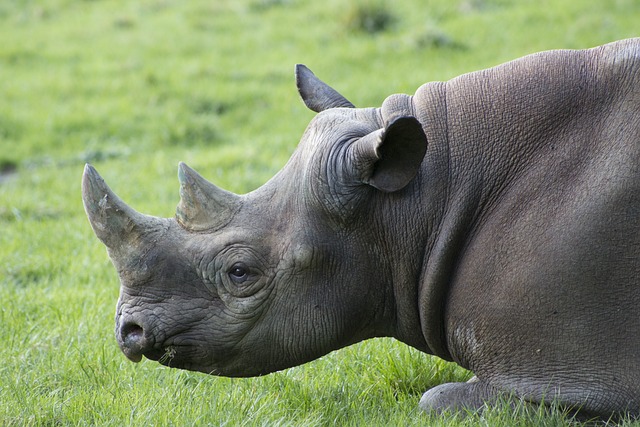
Cooperation with research institutions
The foundation collaborates with research institutions to support scientific. Studies and monitoring programs about wildlife populations, habitat dynamics, and conservation strategies. Also, to improve their learning of ecosystems. These alliances help them develop evidence-based saving methods.
As the manager of Europe’s wilderness, the Foundation for the Protection. Animals and Nature protects creatures and their habitats. They safeguard Europe’s natural heritage by preserving vital habitats and protecting endangered species through initiatives such as the Eurasian Lynx Conservation Program. And the conservation of wetland habitats the foundation can help protect. Biodiversity and ensure a prosperous future for Europe’s animals by establishing collaborative partnerships and engaging the community. By conducting scientific research, the foundation preserves Europe’s precious wildlife for future generations.
We need ‘bolder actions’
‘Partnerships for Wildlife Conservation,’ Guterres’ theme for the day. Emphasizes that government, civil society, and the private. The sector must work together to make commitments a reality. He said the earth requires more proactive actions to reduce emissions. Rev renewable vitality and produce weather strength. Driving forward, we must ensure the voices of the indigenous. Groups and residents are brought to the vanguard.” Indigenous people know more about conservation than many scientists. So immediate action is necessary. “On World Wildlife Day, let’s support our connection with spirit,” said Inger Andersen. Executive Director of the UN Environment Program (UNEP). Though, our destiny is at stake, as well as the end of all species on this beautiful planet,” she explained.
The losses were unprecedented.
“Partnerships for conservation are vital since no organization, including the UN. Can address the biodiversity crisis alone,” says CITES chief Ivonne Higuero. In the 50th anniversary year, animal and plant populations have experienced. “Unprecedented drops,” highlighting the need for adequate wildlife protection. We are seeing a decline in the balance of nature. We rely on wildlife for many things, including food and shelter. Medicines, fuel, and fun…but they aren’t inexhaustible.
Support, hope, and solidarity
According to UN General Assembly President Csaba Krösi. The Kunming-Montreal framework highlights a sense of solidarity with the future. Generations and an awareness of the environment and wildlife. He stressed the importance of partnerships in restoring healthy settings and degraded areas. He encouraged countries to implement the agreement to the fullest extent possible. To protect biodiversity, it is also essential to curb wildlife-related crimes. For these partnerships to be successful, indigenous communities must be included. “But if we want to see change, we must boost conservation and protection funding too.”
Science is under attack.
Sound science should always guide the decision of a species. It is to be listed under the Endangered Species Act. Still, political whims and junk science or outright hostility to science undermine. The Act’s effectiveness too often. By relying on questionable “science,” the federal government has weakened regulations. And laws defending imperiled wildlife to maximize corporate profits. Among the tactics used to undermine the Endangered Species Act are censoring independent scientific research and underfunding essential programs such as the listing program. Itself and developing recovery plans, manipulating or ignoring data, silencing government biologists, and interfering with peer review. Attacking watchdog groups opposing political interference and stacking the deck with “biologists” whose scientific integrity goes beyond their paychecks.


